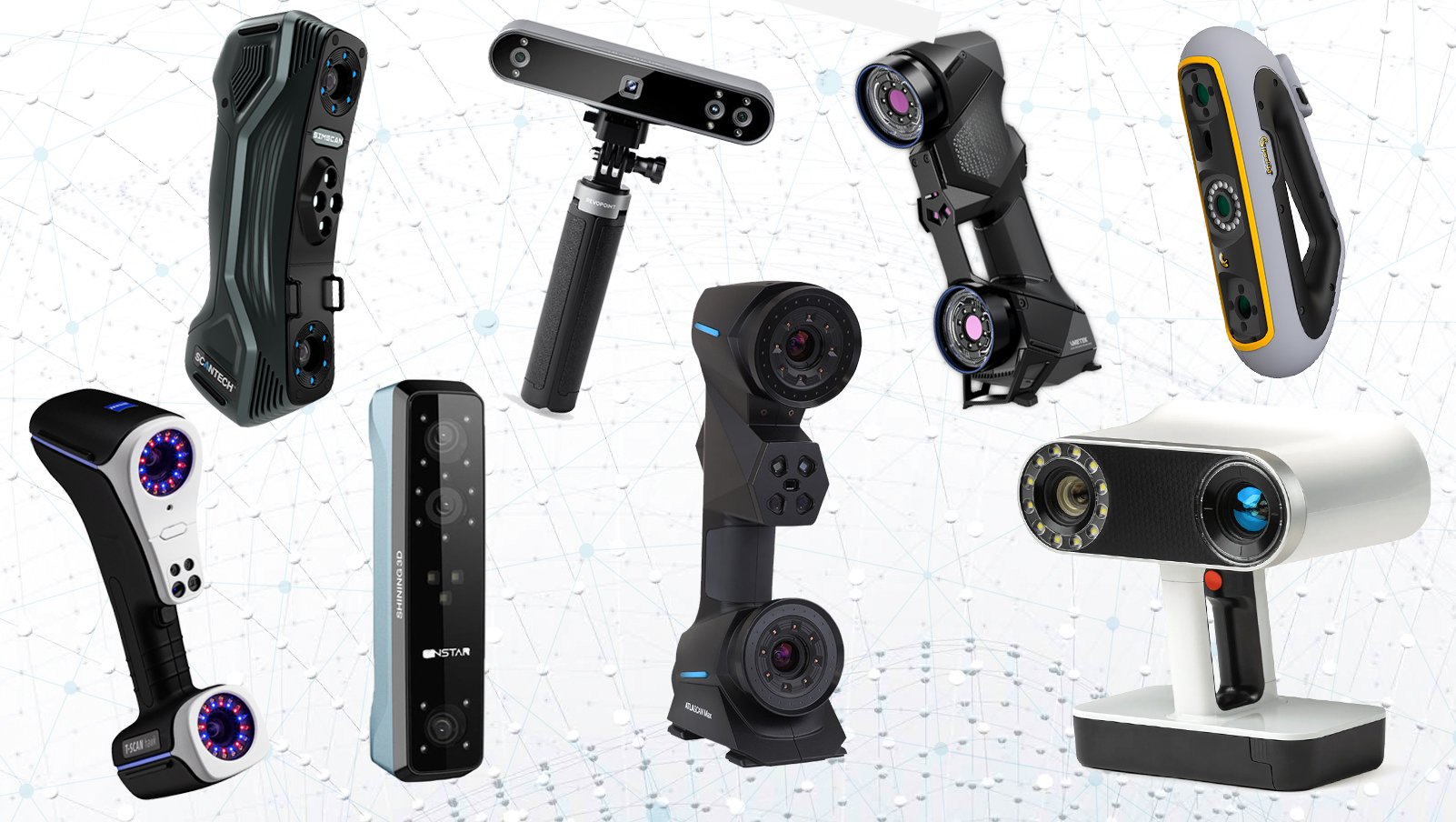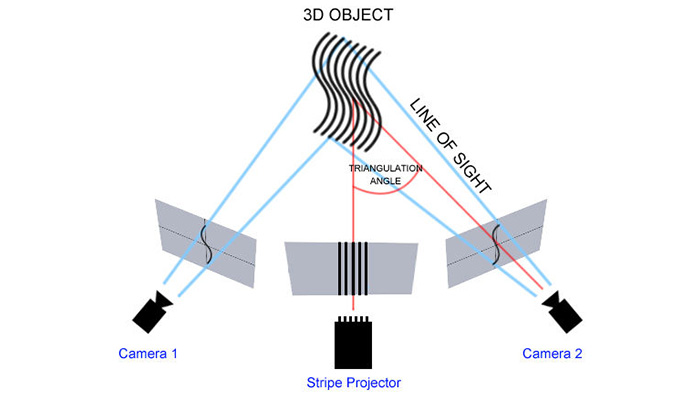Have you ever wondered how those intricate 3D models you see in movies, video games, and even art galleries come to life? The secret sauce behind these marvels is often a nifty piece of technology known as a 3D scanner. Now, before you start imagining a team of tiny robots running around an object with measuring tapes, let me assure you, it’s slightly more sophisticated than that, but just as fascinating!
The Basics of 3D Scanning
At its core, a 3D scanner is a device that analyzes a real-world object or environment to collect data on its shape and possibly its appearance (e.g., color). The collected data is then used to construct digital 3D models. Think of it as the bridge between the physical and digital worlds, turning tangible objects into digital information that can be manipulated, analyzed, or even 3D printed!
Types of 3D Scanners
Not all 3D scanners are created equal. There are several different types, each with its own method of capturing data:
- Laser Scanners: These use laser beams to measure the distance between the scanner and the object. It’s like playing a super-precise game of laser tag, but instead of tagging your friends, you’re tagging data points on an object.
- Structured Light Scanners: These project a series of light patterns onto an object. The deformation of these patterns is captured by cameras, and the data is used to calculate the object’s shape. It’s like a disco ball for data collection!
- Photogrammetry: This technique uses photographs from different angles. Software analyzes the photos to create a 3D model. If you’ve ever used a panoramic feature on your camera, you’ve dipped your toe into photogrammetry.
- Contact Scanners: These physically touch the object to gather data, like a high-tech game of “Operation” without the buzzing noise.
The Theory Behind 3D Scanning
3D scanning is based on the principles of triangulation and photogrammetry. In triangulation, the scanner projects a line of light onto a surface and measures the deformation to collect position data. This is akin to how our eyes perceive depth and dimensions, by comparing the distance between two points. In the case of photogrammetry, multiple images are taken from different viewpoints, allowing software to calculate the distances and angles between various points.
The precision and accuracy of a 3D scanner can vary depending on the technology it uses. For instance, laser scanners are known for their high precision, making them ideal for industrial applications where accuracy is paramount. On the other hand, photogrammetry is often used in fields like archaeology and art restoration, where capturing intricate textures and colors is more important than micrometer precision.
Applications of 3D Scanning
The applications of 3D scanning are as diverse as they are exciting. Here are a few notable examples:
- Engineering and Manufacturing: In these industries, 3D scanning is used for quality control and reverse engineering. It allows manufacturers to check if parts are made to specification and to recreate parts for which no digital models exist.
- Healthcare: From prosthetics to dental implants, 3D scanning helps create personalized medical devices that fit the unique contours of an individual’s body.
- Cultural Heritage: Museums use 3D scanning to preserve artifacts digitally, allowing them to be studied and appreciated without risk of damage.
- Entertainment: Whether it’s creating realistic characters for a blockbuster movie or developing immersive video game environments, 3D scanning brings creativity to life.
Challenges and Future Directions
Despite its many advantages, 3D scanning isn’t without its challenges. Factors such as the texture, color, and transparency of an object can affect the quality of the scan. For instance, shiny or transparent materials can be difficult to scan accurately. However, advancements in technology are continuously improving the capabilities of scanners.
One interesting development is the integration of artificial intelligence in 3D scanning. AI algorithms can help refine scans, filling in gaps where data may be incomplete or ambiguous. As a result, we can expect 3D scanning to become even more accessible and reliable in the coming years.
If you’re curious about exploring the world of 3D scanning further, consider checking out a useful 3D scanner. It’s a great example of how far the technology has come, offering portable and user-friendly solutions for capturing the world around us in three dimensions.
Wrapping It Up
So there you have it—a deep dive into the fascinating world of 3D scanning. Whether you’re a tech enthusiast or just someone who loves a good gadget, there’s no denying that 3D scanners are a testament to human ingenuity. They allow us to capture the beauty and complexity of the world in ways we never thought possible. Who knows, maybe the next time you see a 3D model, you’ll have a newfound appreciation for the technology that brought it to life. And if nothing else, you can impress your friends with your newfound knowledge—just remember to play nice if you’re using a laser scanner. No one likes a game of laser tag that gets out of hand!










